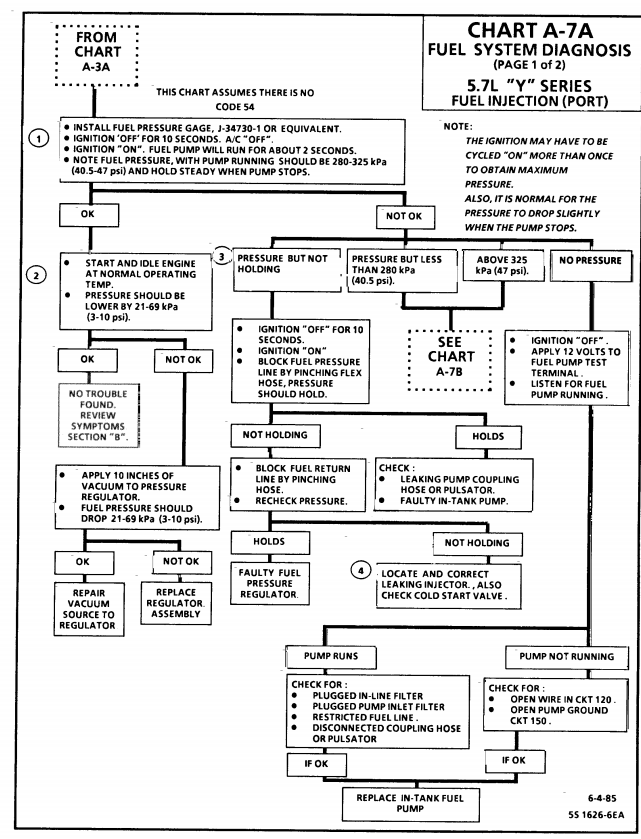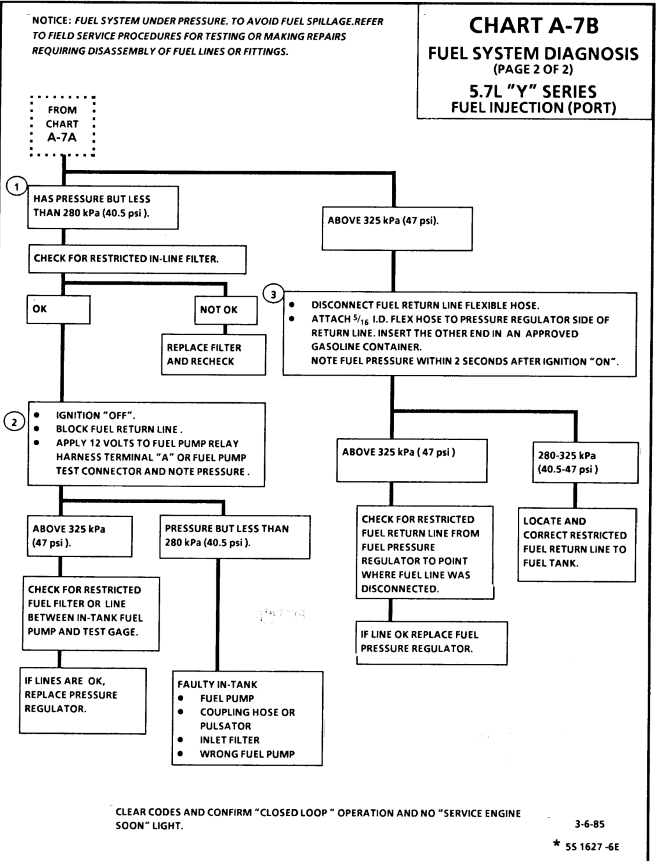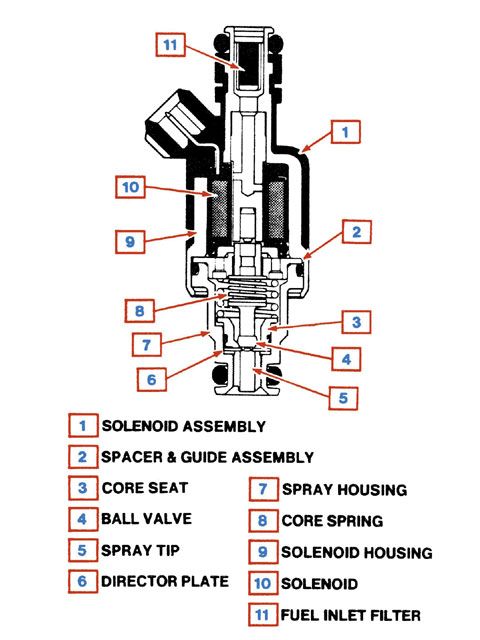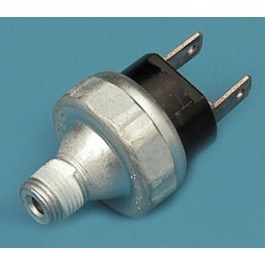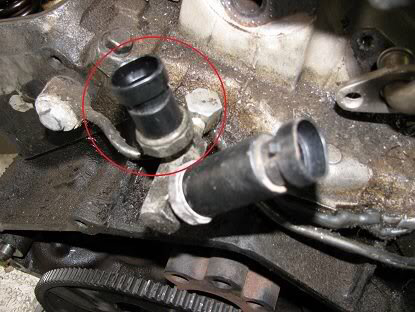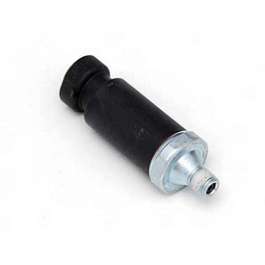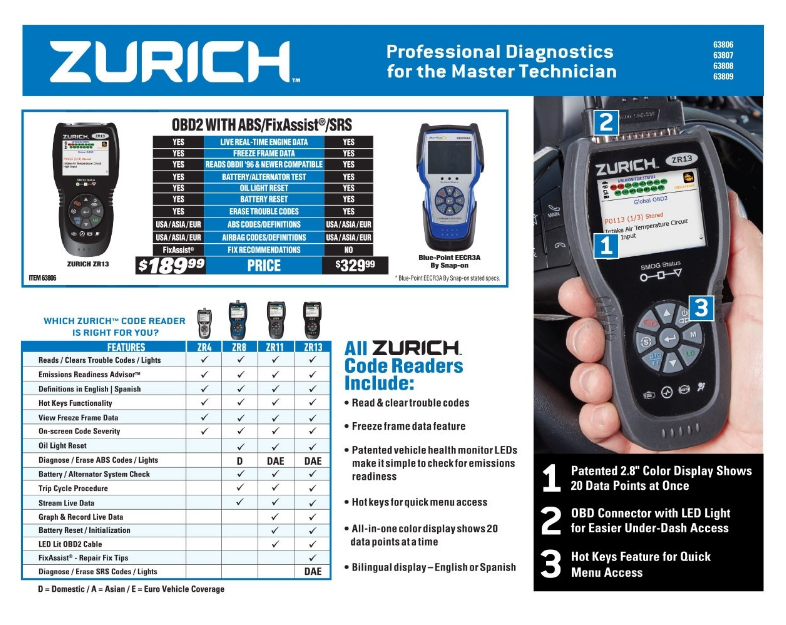bytor said:
I just checked out the TPI fuel system on my 87 vette the other day. I replaced the fuel pump because it was making a horrible noise. Turns out I had a kink in my return line right where the rubber hose connect to the sender. I replaced the pump anyway.
I did a leak down test.
Got 44psi with key on and no start. It held but dropped to 38psi after 2hours. Is that ok?
Started the car and got a steady 38psi at idle. Removed the vac hose on the regulator and got 48psi so it seems my regulator is functioning normal. I checked the regulator vacuum line for fuel and didn't see any. However,
I noticed a faint 'smell' of gas when I sniffed the vacuum hose that connects to the regulator. Also ohmed out all my injectors. They all came in at 16.5 ohms. Question, on the 1987 vette, who's the manufacture of the injectors? Rochester? My understanding is the Multecs didn't come on the scene until 1988 correct?
that, pressure drop rates far BETTER than most, I,m happy, even ecstatic on an older tpi corvette, if the residual fuel rail pressure stays above 38psi for 15 minutes after the keys off
without testing you simply guessing
never guess, deal in verified FACTS!
guessing is a waste of time
think logically, isolate and test
yes IM aware some guys would rather dig out their eye with a red hot fork than to read links, but if you take the time to actually research the problem and isolate and test you,ll soon find the answers
READ THROUGH THIS LINK YOU MORE THAN LIKELY IGNORED EARLIER
http://members.shaw.ca/corvette86/FuelSystemDiagnosis.pdf
for some guys these links may help
http://garage.grumpysperformance.com/index.php?threads/replacing-a-c-4-fuel-pump.33/
http://garage.grumpysperformance.com/index.php?threads/c4-c5-corvette-trouble-codes.2697/
http://garage.grumpysperformance.co...-system-trouble-shooting-flow-chart-info.596/
http://garage.grumpysperformance.co...-runs-rough-idles-and-sometimes-stalls.10688/
http://garage.grumpysperformance.co...lay-switch-locations-and-info.728/#post-43477
http://garage.grumpysperformance.com/index.php?threads/fuel-pressure-drop.10624/
http://garage.grumpysperformance.com/index.php?threads/tpi-fuel-pressure-issue.10385/
http://garage.grumpysperformance.com/index.php?threads/c4-corvettes-fuel-system-info.67/
http://garage.grumpysperformance.com/index.php?threads/massive-internal-fuel-leak.8743/
Measured Value
Engine Coolant Temperature Sensor. 185 Ohms @ 210F, 3400 Ohms @ 68F, 7,500 Ohms @ 39 F.
Engine Oil Temperature Sensor. (lower sensor above oil filter) 185 Ohms @ 210 F, 3400 Ohms @ 68 F, 7,500 Ohms @39 F.
some early c4 vettes have the gauge and oil pressure switch on an adapter near the distributor base into the block
to add something to this that is often over looked regarding MAF codes, so here it is, a direct quote from my 87 FSM which is probably the same for 85,86,88,89.
Second paragraph on both code 33 and 34...interestingly not on code 36.
Code 33 page 6E3-A-42
"The oil pressure switch or the ECM, through control of the fuel pump relay, will provide 12 volts for the MAF power relay which provides the 12 volts needed by the MAF sensor".
I personally know a few guys who cured their MAF problem simply by either replacing the FP relay or repairing the wires going into the FP relay...these wires over time may have had the insulation shrink back (mine were bare 1-2 inches, and touching) not only dangerous , but can cause all types of problems.
Oil Pressure Sender/Switch. (top sensor in picture above) 1 Ohms @ 0 PSI, 43 Ohms @ 30 PSI, 86 Ohms @ 60 PSI.
Fuel Quantity Sender. 0 Ohms @ Empty, 45 Ohms @ 1/2 Full, 90 Ohms @ Full.
MAT (Manifold Absolute Temperature Sensor). 185 Ohms @ 210 F, 3400 Ohms @ 70 F,
if you hear the fuel pump pressurize the fuel rails but the engine only starts than stalls, or fails to start, its frequently the fault of a defective oil pressure sensor
low oil pressure or a defective oil pressure sensor will cut off your ignition
both these sensors, located near the base of the distributor on the block, are known to fail & leak,oil at times, especially the smaller one with two blade connectors
-98 Engine Start Sequence
When you start an L-98 engine Corvette, a series of events take place that causes the engine to run. Knowing the sequence will help you troubleshoot no start conditions.
Fuel Rail Pressurization:
When you first turn the key to the “on” position, the fuel pump will run for 2 seconds pressurizing the fuel rails. There is a Shraeder valve on the passenger side fuel rail near the rear of the engine and if you measure the pressure there after the pump runs, you should see between 40-42 pounds of pressure. The reading will go to 38-40 pounds nominal once the engine is running.
Initial Crank Action:
If you then rotate the key to the start position (assuming the anti-theft system has not disabled the starter), the engine will rotate.
Once the oil pressure has reached 4 PSI, the oil pressure switch will close allowing the fuel pump to run. (Note that you should have a black oil pressure switch/sender. It is mounted behind the distributor on the driver’s side and if it is not black, it is suspect due to a run of bad units that stayed in the GM parts pipeline for some time).
The distributor will send a string of pulses to the ECM (Engine Control Module) in response to the engine being rotated by the starter. These pulses continue as long as the engine turns (both starting and running) and if they are not present, the engine will not run.
ECM Reaction:
If the ECM sees oil pressure greater than 4 PSI and the reference pulses from the distributor, it will energize the injector drivers which will begin pulsing the injectors on for 4 ms (milliseconds) periods. (In the L98, all injectors on one side of the engine fire at the same time followed by all injectors on the other side firing at the same time. On the LT-1, the injectors are fired individually at the appropriate time).
The ECM will also pull in the fuel pump relay in effect paralleling it electrically with the oil pressure switch. (If the fuel pump relay fails, you can still normally get the car to start and run unless you can’t make at least 4 PSI oil pressure. This is a “limp home mode” feature put in place to allow for a fuel pump relay failure).
The ECM also monitors the TPS (Throttle Position Sensor mounted on the throttle body assembly) and wants to see .54 volts at this time. If it sees appreciably more than 0.54 volts, it will assume the engine is flooded and the driver has pressed the accelerator to the floor to clear the flooded condition and restrict the fuel flow as a result. (.54 volts during start and at idle from the TPS is very important to both starting and run performance.)
Assuming the ignition module is good (meaning there is a spark of sufficient intensity to ignite the fuel), the engine will “catch”.
Engine "Catches":
When the engine catches, the MAF (Mass Air Flow sensor mounted just ahead of the throttle body) sends a signal to the ECM advising that air is flowing and also just how much air is being pulled through to the intake manifold. The ECM takes note of the amount of air being consumed and adjusts the injector pulse width to around 2.2 ms nominally so as to attain a proper air/fuel mixture to insure combustion. (This is how the 1985 through 1989 L-98 works. For information on the 1990 and 1991 L-98 variant, see the Note below).
The engine should show an initial idle speed of around 900-1100 RPM and then slowly diminish to 600-700 RPM unless the air conditioner is on in which case it will run at around 800 RPM.
If this does not happen, the Idle Air Mixture valve (located on the throttle body) may be misadjusted. Alternatively, there may be a leak in the intake manifold or another vacuum leak may be present. Listen for hissing sounds---there should be none.
ECM Mode:
The engine will now be in Open Loop mode meaning that the ECM is controlling the air/fuel mixture by referencing values stored in memory.
Once the Oxygen sensor (mounted on the exhaust pipe) reaches operating temperature of several hundred degrees, the Manifold Air Temperature (MAT) sensor shows an intake air temperature of more than 140 degrees and the Engine Coolant Temperature (ECT) has reached 160 degrees, the computer will switch to closed loop mode meaning the Oxygen sensor’s output is examined along with the MAT and ECT outputs and the ECM adjusts the injector pulse widths (more “on time” or less “on time”) to constantly strive for a 14.7:1 air/fuel mixture which is the best mixture to hold down pollution.
Note that prolonged idling can force the computer back into open loop mode.
Note: In 1990, the MAF was eliminated from the engine in favor of a speed/density system. This system uses a sensor called the MAP sensor which measures the Manifold Absolute Pressure (hence the name MAP) and compares it with the atmospheric pressure outside the intake manifold. This information, coupled with the Manifold Air Temperature, Engine Coolant Temperature and Engine RPM is used by the ECM to determine the amount of air entering the cylinders. It is a different way of reaching the desired 14.7:1 air-fuel mixture ratio but functionally is like the MAF system in that the ECM uses the feedback to control the "on time" for the injectors.
Corvette used this approach in the 1990 and 1991 L-98 engines and in the 1992 and 1993 LT-1 engines. With the 1994 model C4, they went back to the MAF system. Note that MAF based systems are far more accurate since they measure air flow directly whereas the MAP system infers air flow indirectly. A multitude of things can throw the calculation off and Corvette returned to the MAF system beginning with the 1994 C4 (with a MAP backup). From a troubleshooting standpoint, the MAP operation comes into the sequence the same place that the MAF does.
Summary:
If you have a no start condition or if the L-98 starts and then dies, check the above items in sequence to see if all the events are occurring as required.
A Scan Tool makes this job much easier and is a highly recommended troubleshooting aid for these sorts of problems.
youll find a hour or so reading thru the links and sub links, on this site in the threads, will provide a great wealth of related info and incite into related factors, or the function or testing of sensors, that you may not currently be thinking about, or things that you might not think that are related to your issue that PROBABLY ARE
this looks interesting with a discount coupon its discounted to about $169.99 until 4/30/18 plus $49.99 for a two year 100% warranty
http://garage.grumpysperformance.co...pro-scanner-harbor-freight-zurich-zr13.14833/
https://www.harborfreight.com/catalogsearch/result/index/?dir=asc&order=EAScore,f,EAFeatured+Weight,f,Sale+Rank,f&q=zr13
Last edited: Oct 14, 2018



